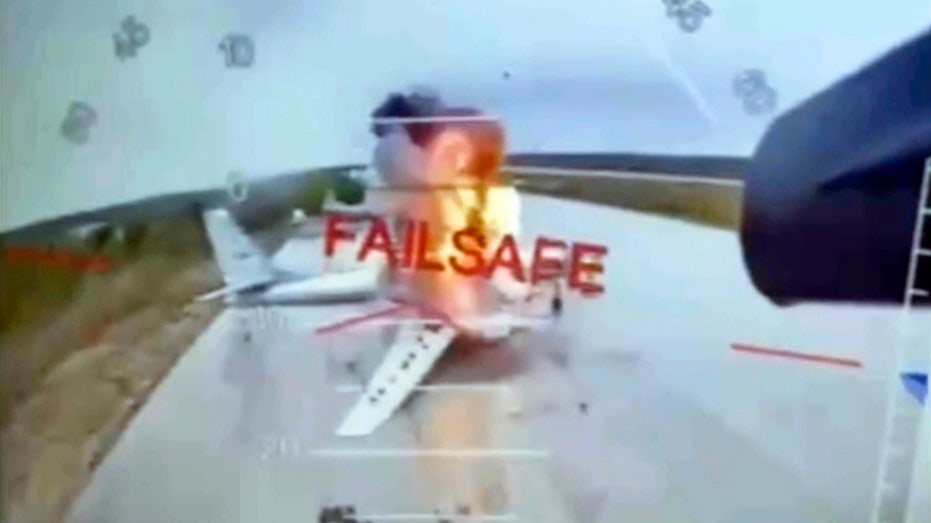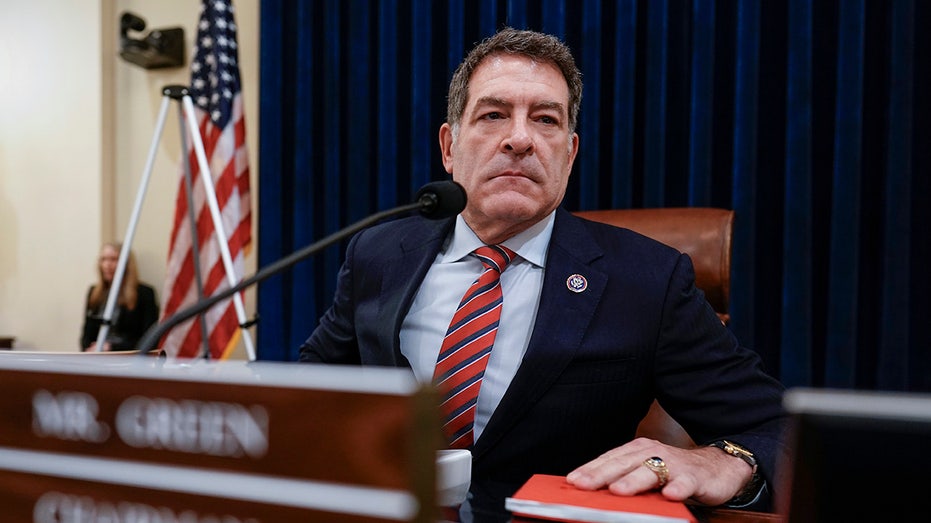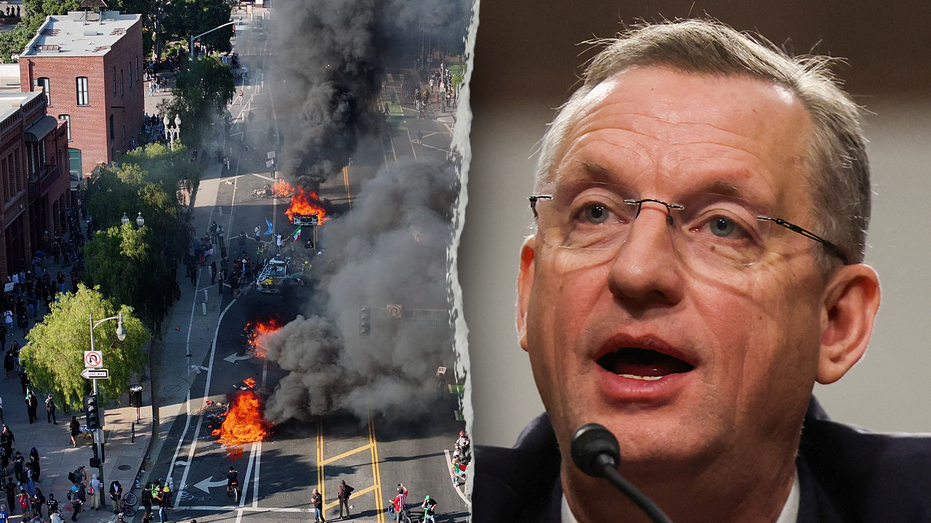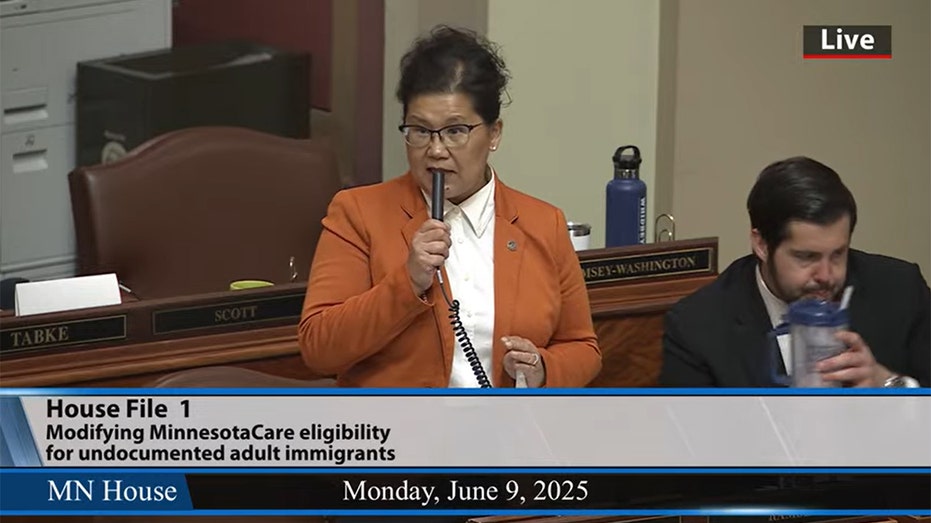Russia Promises to Repair Damaged Aircraft After Massive Drone Attack, Claims Planes Were Not Destroyed
Russia pledges to repair damaged aircraft after weekend drone assault by Ukraine across multiple airfields.

Russia has announced plans to repair the military aircraft damaged during what it described as a significant Ukrainian drone attack earlier this week. Russian Deputy Foreign Minister Sergey Ryabkov stated on Thursday that, while several planes were affected, they were “not destroyed but damaged”, and efforts are already underway to restore them to operational status.
The comments follow reports from Ukrainian officials claiming that their forces had destroyed over 40 of Russia’s most advanced bomber jets and surveillance aircraft in an operation dubbed “Operation Spider's Web.” This complex series of coordinated drone strikes reportedly managed to penetrate deep into Russian territory, targeting high-value assets stationed at multiple airfields.
Despite Moscow's public assurances, recent satellite imagery reveals significant destruction across several Russian airfields, with numerous aircraft visibly charred or partially disassembled. Ukrainian-released video footage also depicts dramatic scenes of parked warplanes engulfed in flames following direct drone strikes, underscoring the intensity and precision of the raid.
Western intelligence assessments appear to diverge from both Ukrainian and Russian statements. According to two U.S. officials, up to 20 Russian warplanes may have been hit, and at least 10 were likely destroyed in the unprecedented drone assault. The full extent of the losses remains unclear, with ongoing analysis of the available evidence.
Ukrainian President Volodymyr Zelenskyy is reported to have overseen the operation personally. The raid, part of a strategy devised over 18 months, marks a bold escalation in Ukraine’s capacity to conduct precision strikes deep inside Russian-held territory. Officials emphasized that external partners, including the White House during the Trump administration, were not informed of the plan in advance.
This week has seen a sharp intensification in hostilities between the two countries. On Tuesday, Ukrainian forces claimed responsibility for a massive underwater blast targeting a key bridge linking Russia and Crimea, further escalating the conflict. That same day, President Zelenskyy condemned what he called a "savage strike" on the northeastern city of Sumy, accusing Russian forces of deliberately targeting civilian areas with rocket artillery.
The growing violence has triggered international concern about regional stability and the risk of further escalations. In a recent phone call with former U.S. President Donald Trump, Russian President Vladimir Putin warned of retaliation in response to the Ukrainian drone attacks, calling the conversation “good,” but cautioning it would not lead to immediate peace. Putin reportedly made clear his intention to respond forcefully to what he termed attacks on Russia’s airfields.
As both sides trade blows and rhetoric, the latest developments signal a potential turning point in the ongoing conflict, with long-range drone technology and targeted strikes playing an increasingly central role in shaping the war’s trajectory. Observers warn that if retaliatory actions escalate further, the region could face a new round of intensified military confrontations in the coming weeks.




